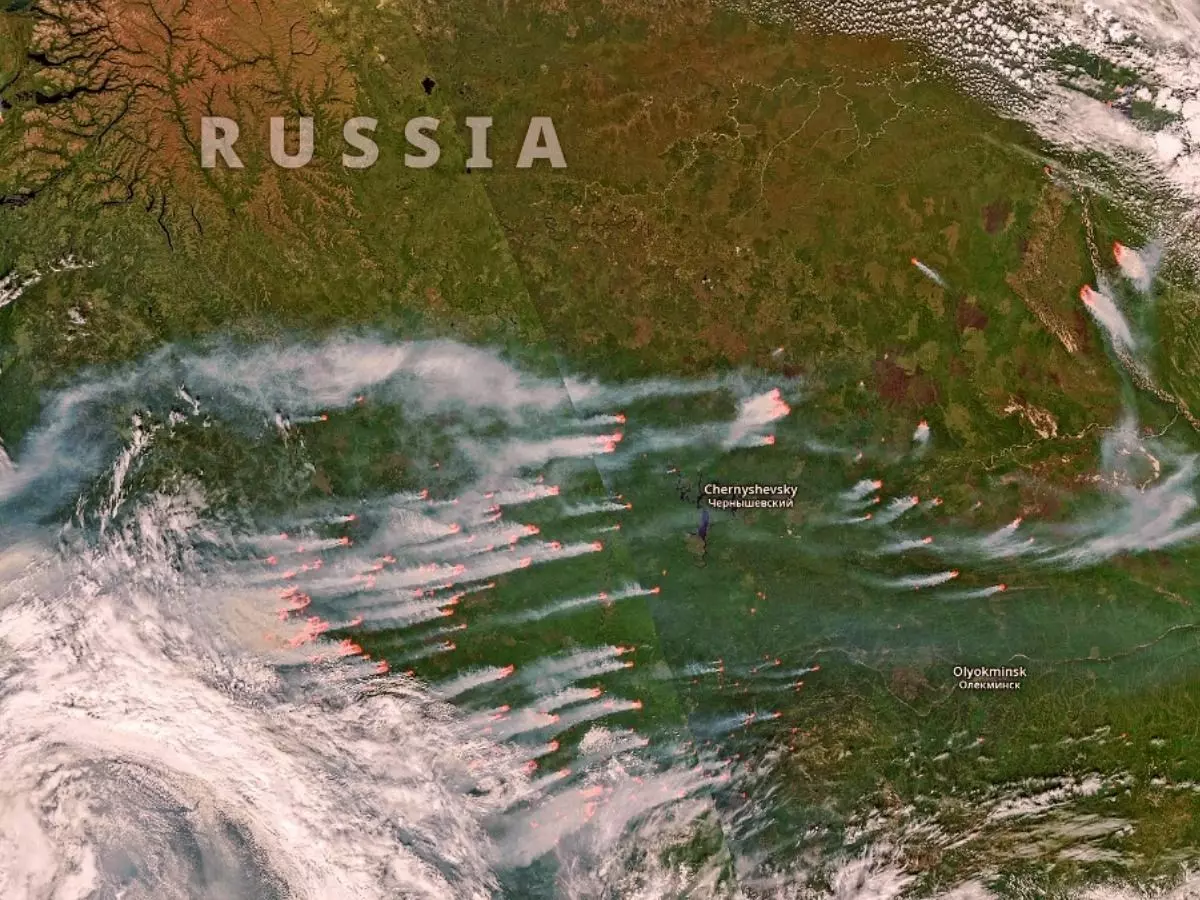The Arctic Region Is On Fire Right Now, And The Smoke Clouds Are Visible From Space
The Arctic is supposed to be a chilly place, the kind of winter wonderland you picture when you think of Santa. In reality though, right now it's experiencing some of the highest temperatures it's ever seen. Oh yeah, and a lot of it is also on fire.

The Arctic is supposed to be a chilly place, the kind of winter wonderland you picture when you think of Santa.
In reality though, right now it's experiencing some of the highest temperatures it's ever seen. Oh yeah, and apparently a lot of it is also on fire.

Images courtesy: Pierre Markuse/Flickr/CAMS
In a shock for the whole world, and a strong piece of evidence to show the dangers of climate change, vast swathes of the far North have been turned into a blazing inferno. Thanks to the massive heat wave hitting the region, as well as a low-precipitation summer, it seems wildfires have been sparked, in the areas of Greenland, Siberia, and Alaska.
In fact, the wildfires are so huge you can see the massive smoke clouds from space.
Scientists have been keeping a close eye on the situation, which is why we have a bunch of satellite photos to show off. They're both stunning and terrifying at the same time.

Not only is it bad enough that there are so many of these wildfires, not to mention how large they are, but the damage they're causing to the environment is even scarier. Aside from all the vegetation being destroyed, the smoke is throwing up far too much polluting material. That's being carried aloft across vast distances by winds, affecting global air quality.
According to the Copernicus Atmospheric Monitoring Service (CAMS), the Arctic wildfires have already produced more than 50 megatons of carbon dioxide so far. According to CAMS, that's the same amount as an entire year's worth of emissions from the whole of Sweden.

Basically, it's a lot of pollution.
CAMS has detected nearly 400 wildfires this year so far in just Alaska, and it doesn't look like it's the end of things. Though wildfires happen all over the world with a fair amount of regularity, this season in the Arctic has seen more than usual.
"It is unusual to see fires of this scale and duration at such high latitudes in June," Mark Parrington, CAMS Senior Scientist, said in a statement. "But temperatures in the Arctic have been increasing at a much faster rate than the global average, and warmer conditions encourage fires to grow and persist once they have been ignited."

It's just another reinforcement of what scientists have said that we're fast approaching a "tipping point", when we're going to be powerless to reverse climate change.
